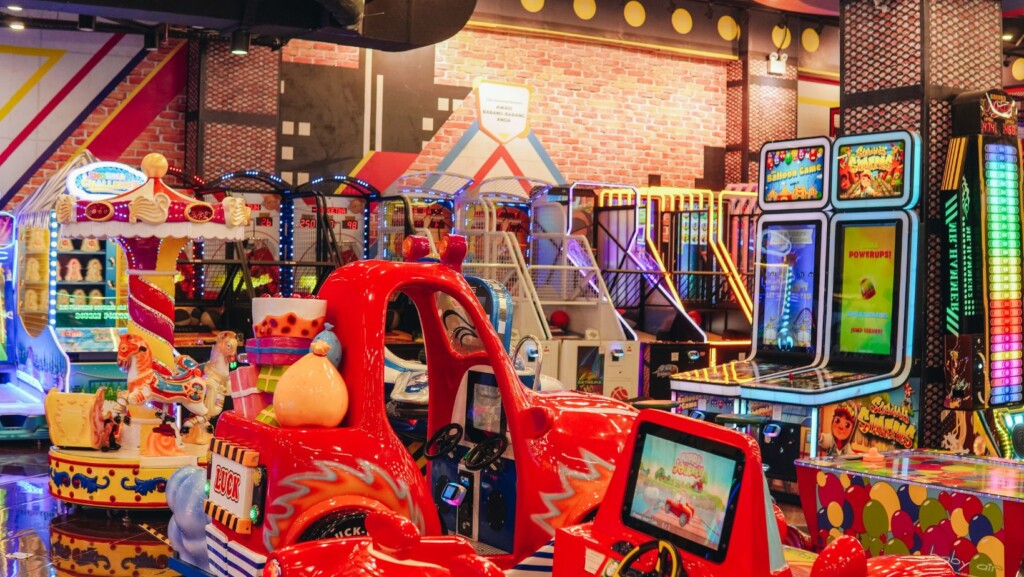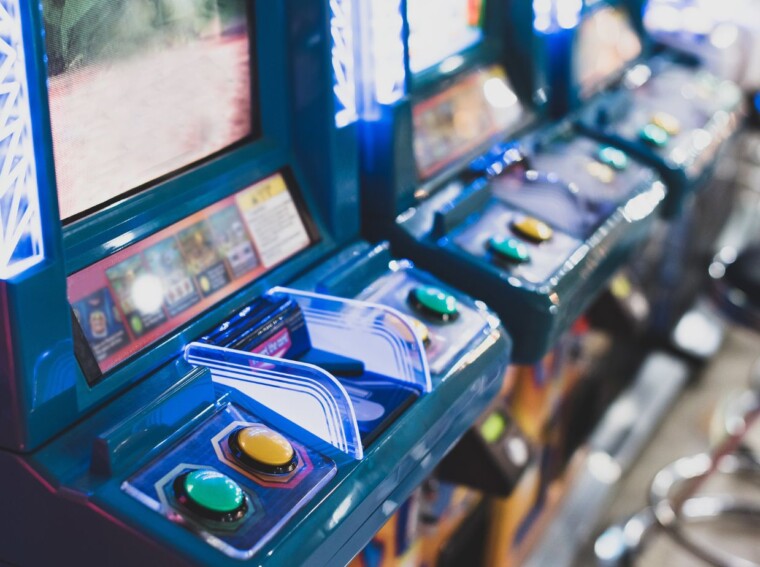There’s a strange comfort in the memory of that first coin drop — the thunk, the flashing lights, the immediate sense of “maybe this time.” Reward loops started as blunt instruments: a point, a sound, a light. They were designed to celebrate small wins and to invite another coin. Simple, effective, addicting in a cheerful way.
Arcade Roots and Repeat Play Psychology
Early arcade design leaned on immediate reinforcement. Pinball and coin-op cabinets used sensory feedback — jingles, bumpers, animated score displays — to create short, satisfying loops. Those loops taught players what the game wanted them to do, and then rewarded it right away. The reward didn’t need to be valuable; it just needed to be noticeable and frequent enough that you’d try again. Sound familiar? That same pattern underpins much of modern game design.
Arcades also introduced scarcity: you had limited credits, and each attempt felt precious. That scarcity sharpened the emotional reward when success arrived. Designers discovered that variable outcomes — sometimes you won big, often you won small — produced the strongest hooks. The intermittent success model is brutal and brilliant.
Transitional systems: consoles, RPGs, and social games
As home consoles matured and digital economies emerged, reward loops widened. Leveling systems and loot drops gave players longer arcs: invest time, gain power, unlock content. Social games folded rewards into daily rituals — log in, claim a bonus, return tomorrow. The loop extended beyond a single session and threaded itself into daily life.
Designers got smarter about pacing. Long-term rewards needed milestones, and milestones needed micro-rewards to keep players moving. The result was layered loops— tiny immediate hits nested inside longer, more meaningful goals. That structure holds attention without flattening the experience.
Slots, microtransactions, and the digital age
Then came monetization models. Free-to-play titles paired reward loops with purchase opportunities. Microtransactions and randomised mechanics amplified variable reward schedules. Some of these elements, controversial as they are, have clear engineering behind them: they maximize engagement and, frankly, revenue. Yes, that’s part of the calculus.

Bonus-trigger systems like those used in Big Bass Splash show how digital design keeps the reward cycle alive decades after the first arcade machines. You get the visual flourish, the heart-race anticipation, the hope of a big catch — and enough wins along the way to keep you fishing.
Regulatory and ethical ripples
Not all evolution is applause. The rise of loot boxes in video games sparked debates about gambling-like mechanics, consumer protection, and age restrictions. Researchers, lawmakers, and players pushed back, asking whether randomised monetisation crossed an ethical line. Those conversations have pushed the industry toward more disclosure, sometimes to reform — or at least to more rigorous public scrutiny.
Where we go from here
Reward loops will keep adapting. Expect more personalization: systems that learn what thrills you and tune experiences accordingly. Expect a mix of nostalgia and precision — arcade-style spectacle married to algorithmic tailoring. Will that be better for players? Sometimes. Sometimes, it won’t.
Games are, at their heart, promises made to players: do this, and you’ll feel something. The best reward loops honour that promise without short-changing the player. The worst exploit it. We’ve been circling that distinction since the coin-op era, and we’ll keep circling it.
What do you remember as your first reward loop? Drop a comment and tell us — and if you’ve got a pet example of a game that got it right (or very wrong), we want to hear it.
